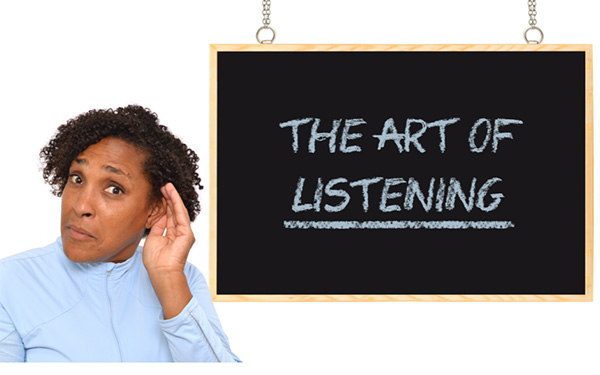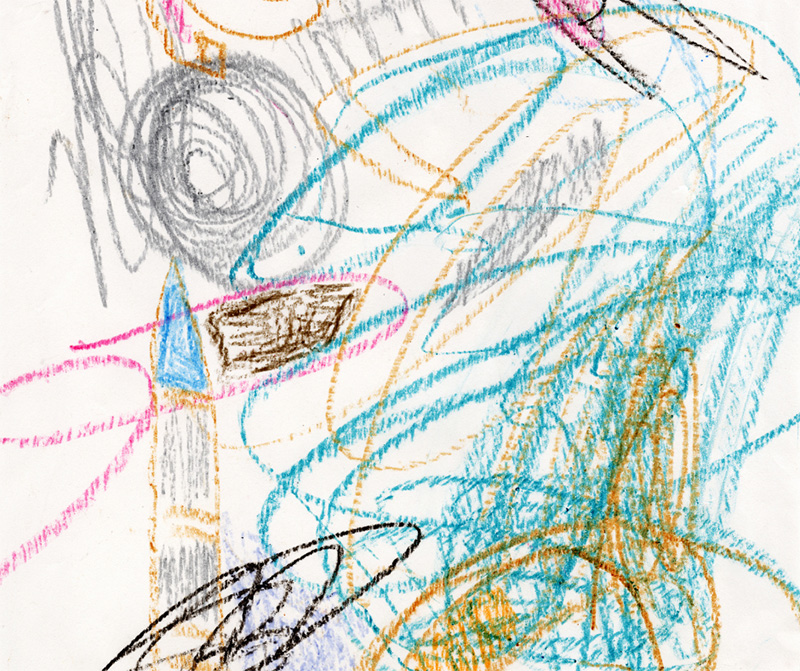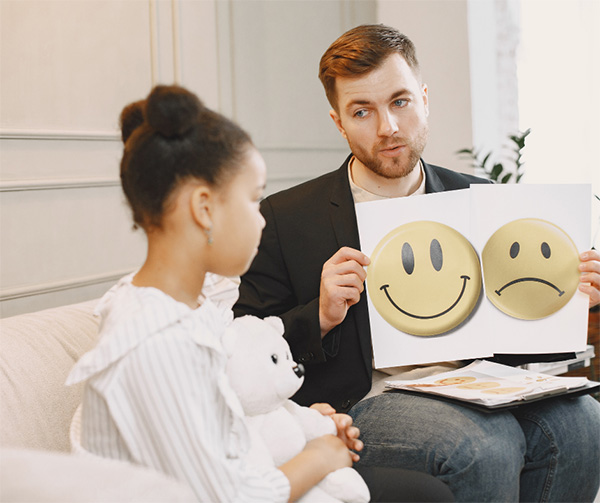We are all affected by stress and, with Covid over the past 2 and a half years, everyone’s baseline stress levels have increased.
Parents were working from home, and having to juggle work and overseeing their children doing school from home. Children and youth were impacted significantly by school closures, adapting to on-line learning, not seeing their friends or participating in extra activities, and so much more.
There are a wide range of emotions related to these added stresses and as parents, it’s important to continue to equip ourselves and our children to respond in ways that nurture and support our mental well-being.
Here are seven ways to empower yourselves and your children.
1. Nurture your relationships
Intentionally create bonds, adult to adult and/or adult to child. One of the best ways we can help our kids is to make sure they have someone to talk to each day. This could be you, an educator or other adult at their school, a friend, or other family member. Kids who are traumatized need someone to reach out to each morning.
Creating caring connections and trust with you and others help children to know they matter — that their uniqueness is celebrated, and their voices are heard. Children learn and behave best when they feel safe, valued and certain that they belong.
For a set of learning games that help children develop resilience, teamwork, problem-solution skills, and negotiation, contact Margaret Boersma.
2. Expect a range of emotions with both children and adults
Both children and adults can appear happy but actually be feeling sad, helpless, overwhelmed, disconnected, or unable to trust. We may experience mood swings, lack of concentration, withdrawal from others, extreme fatigue, anger, anxiety, or depression. As parents, we must be watching for these symptoms in ourselves and our children. Sometimes, we or they may need to seek additional help from professionals in order to cope with stress more easily.

3. Be generous in your listening
Validate the other by repeating back what you heard and the feelings you saw displayed. When someone is upset, it’s important to calm them down emotionally first. Everyone has their own perspective, however, when we’re upset, we often want someone who is curious enough to really look at things from our point of view.
This is a poster and informational sheet entitled, Our Perspective is Our Truth. If you follow the steps provided, you can defuse someone who has become activated by seeing things from their perspective.
4. Do not try to solve a problem when emotions are escalated
If you ask Sam why he hit Tommy, it won’t work. Instead, when he’s calm, ask him, “What were you thinking just before you hit Tommy?” This question helps you collaborate together to identify the trigger behind the behaviour and then come up with a plan for the next time he feels triggered.
If you try to talk him through a solution when he is still in an active state, he won’t be able to think. When we’re reasoning or problem solving, the frontal cortex of the brain is active, but when we’re activated, the amygdala is engaged instead. The amygdala is responsible for our survival and is where our emotions are. Basic instincts namely the fight, flight, or freeze response are at work when we’re activated and the frontal cortex becomes inactive. When we’re in danger or perceive that we’re in danger, our body reacts by fighting, fleeing or freezing. Examples of fight include physical aggression, yelling or verbal abuse. Flight could look like running away, changing the subject or withdrawing and freeze can look like silence or numbness.
To help Sam relax, breathe deeply together and then exhale slowly several times. This can help to calm his nervous system down, which allows his frontal cortex to re-engage and then he can focus more easily on problem-solving an issue.
5. Practice cognitive flexibility
When kids are dealing with heightened emotions (such as anger or frustration), they can’t learn. First, focus on building relatedness. When a child needs something, shift quickly. Don’t ignore small misbehaviours. Instead, take advantage of the opportunity to teach children about appropriate ways to show their emotions while respecting each other.
When children are triggered or activated, they require a quick release. Breathing deeply helps. You can also encourage children to draw or write down their thoughts. I like to provide markers and a large sheet of paper. You often get a paper with lots of big scratches, but they feel so good afterwards.

6. Reframing is an essential skill
Reframing helps people understand a situation from a different point of view so they can choose an alternative way to look at it.
Reframing involves changing the way we think about something that makes us feel bad. It might be helpful to think about a positive side to a negative situation that has not occurred to you before. It can also involve finding a lesson to be learned by looking at a difficult situation. When faced with a difficult situation, finding something good to appreciate about it is a form of positive reappraisal. For example, after a breakup, you might consider meeting new people, the lessons you’ve gained from the relationship, and your feelings of appreciation for the time you spent together.
How do we Support Students who Lose Control? is a blog about teaching children to reframe a situation.
7. Teach specific lessons to build emotional vocabulary and manage emotions
We need to model and teach our kids to use their words to communicate emotions instead of being physically demonstrative. We must also teach our children to manage their emotions by practising helpful techniques such as deep breathing to calm themselves down. When calm, they can more easily understand the perspective of another person.
How do we help children learn those skills? Since our innate way of learning includes pretending, dancing, music and drawing, we can teach these skills through the arts. I have created a FREE set of five video lessons teaching self-awareness, self-management, social awareness, relationship management and responsible decision-making. The series is called (Social-Emotional Learning) SEL Wisdom for Kids. Lesson extensions can include making puppets, visual arts, creative dance, spoken word, songwriting and drama. Each lesson is based on a story and has an affirmation, so children easily remember the theme while applying it personally. The SEL Wisdom for Kids series can help to stimulate great family and/or class discussions.

Parents, if you’d like to:
- Manage your own stress and overwhelm
- Calm others down in minutes
- Move forward with the Make-it-Right Formula
- Create a support buddy structure
- Stay in an empowering context
- Plan for success with your goals
- Know the stages of child development
We have a program for parents. SEL Wisdom for Parents is a six-week program that supports you with your children. Feel free to click on the link to learn more and then reach out to find out about program times.

Margaret Boersma, OCT, is an instructional coach, teaching artist, speaker and educational consultant. Her varied career in teaching, combined with her social/emotional learning (SEL) expertise, allows her to assimilate the affective domain (people skills) with academic curriculum goals. She works with school districts and schools in Canada, the U.S, The Netherlands, New Zealand and Australia.
Learn more at https://creativeeducationinaction.com/
————
Note from Chris
Margaret has provided some excellent and very practical tools in this article that can help parents and their children more easily regulate their emotions. I primarily work with children and adults whose nervous system has become so stuck in the fight, flight, freeze response that they have difficulty using tools to calm their system. NeurOptimal® sessions help to interrupt that stuck response and bring the nervous system more into balance so that people then have much more capacity to work with tools like breathing, yoga, mindfulness or tapping that help them stay more regulated in the longer term.
